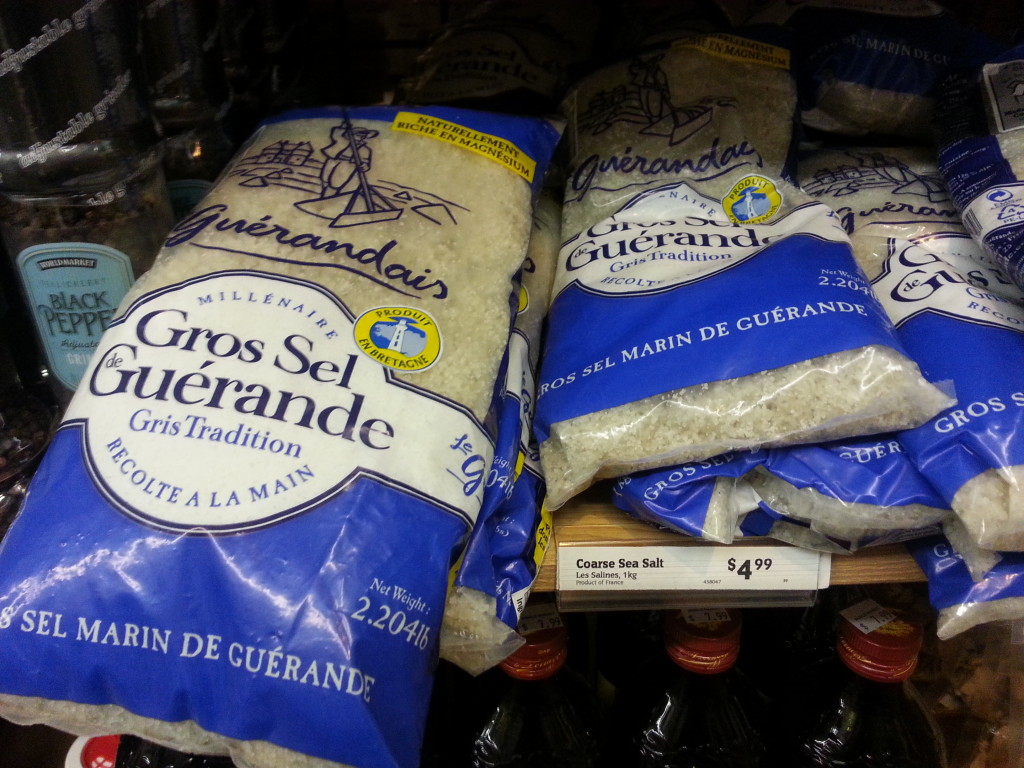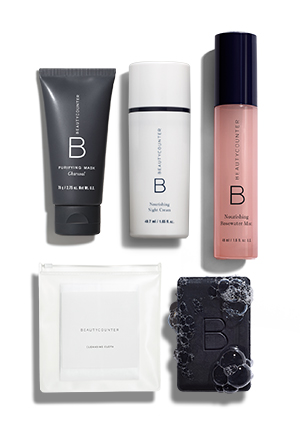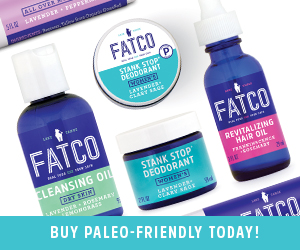12 July, 2013
10 Things You Can Do Now to Be More Organic!

1. Cut out drinking soda, sports drinks, energy drinks, and sugary fruit drinks. A 20 oz bottle of Coke has 69 grams of sugar or about 24 tsp. An average diet of 2000 calories per diet it is recommended not to go over 32 grams or 8 tsp of sugar per day. Drinks like this are expensive and even the low or no calorie options are loaded with chemicals and dyes. Water, tea bags, and fruit slices are often much more inexpensive and are all you need for healthy hydration.
2. Avoid White Sugar and Artificial Sweeteners. White sugar goes through a multi-step process removing any naturally occuring nutrients making it heavy “empty calories.” Bleach is also used to make it so bright white. Check out this video on how cane sugar is processed (many steps and lots of filtering). Artificial Sweeteners are mostly artificially synthesized compounds. Artificial sweeteners that are obtained through fruits, vegetables, and plants go through a complex process not in line with an un-processed lifestyle. Good alternatives are Coconut Sugar (can be replaced 1:1 for white sugar), Raw Honey, Organic Maple Syrup, Coconut Nectar, Dates, and Bananas.
3. Replace white flour. There are so many great alternatives out there now for flour. Vitamins and minerals have to be added back to white flour (Enriched Flour) due to the bran and endosperm being removed from the wheat during processing. White flour like white sugar is often bleached. Flours I love to use are Spelt, Buckwheat (gluten free), or even Almond Flour (gluten free- Trader Joe’s Sells). Look for these in your local health food store or online. You can even find Organic Wheat or White Wheat flours in most grocery stores that are still a better option.
4. Stop Using Vegetable and Canola Oils (Including Margarine). These oils come from seeds: rapeseed (canola oil) soybean (soybean oil), corn, sunflower, safflower, etc. These oils can not just be pressed out of the seeds, they must be heated, chemically extracted with solvents, industrial steaming, de-waxing and then bleached and de-odorized. Here is a video on how canola oil is made. Heat is very damaging to delicate oils and causes the oil to form free radicals which can cause disease. To make margarine the oil then is hydrogenated to make it solid since these oils are not naturally solid like butter. This hydrogenation process then creates trans fats . Even if the product lists no trans fat it can legally contain <0.5 g. Any is bad. Substitutes for fats that I recommend when you are cooking at higher temperatures are Organic Pastured Ghee (or Butter) or Unrefined Coconut Oil (getting so popular it is easier to find). For foods that I do not heat like salad dressings I use Sesame Oil or Cold Pressed Olive Oil.
5. Buy your cheese in block form. I know that it is more conveinent to buy grated cheese but in order for the shreds not to stick together they add cellulose. It is primarily used to make paperboard, paper, and cardstock. So basically wood pulp. Humans can digest cellulose somewhat but it acts as a bulking agent and is called “dietary fiber.” Calcium Sulfate is also added as an anti-caking agent but is not needed in block cheese. So dust off that cheese grater.
Here is Kraft Natural Shredded Part Skim Mozzarella: LOW-MOISTURE PART-SKIM MOZZARELLA CHEESE (PASTEURIZED PART-SKIM MILK, CHEESE CULTURE, SALT, ENZYMES); POTATO STARCH, CELLULOSE POWDER, AND CALCIUM SULFATE ADDED TO PREVENT CAKING; NATAMYCIN (A NATURAL MOLD INHIBITOR).
6. Switch to Organic Milk. If you and your family choose to drink cows milk make the switch to organic. Organic milk is now pretty widely available in regular grocery stores and easy to find. Here is a great article on why making the switch is worth the price.
7. Buy the full fat version. Yes I, the dietitian, am telling you to skip the low fat and fat free foods. Go for the full fat version. The answer is simple. In order for companies to make these low fat option taste good they often add a lot of other not so good ingredients like sugar (it doesn’t have fat after all so adding sugar keeps the fat down). As an added bonus, fat makes you feel more full so it often takes less of the full fat version to satisfy you while with the low fat you are hungry again in a shorter time causing you to want more.
8. Try a new Grain or pasta. White Rice White Pasta are boring and highly processed which removes all of the nutrients. Great options to try are Quinoa, Millet, Buckwheat Noodles, or Spelt Noodles. Some are harder to find than others but these items are finding their way into our grocery stores especially with the rise of Celiac Disease. Look online or in bulk binds at your local health food store. The cost is usually pretty low. Just saute the grain with vegetables and season to taste. The noodles can be used in stir fry or in place of your normal pasta.
9. Change your Salt. Sea salt is produced through evaporation of ocean water or water from saltwater lakes, usually with little processing. Depending on the water source, this leaves behind certain trace minerals and elements. The minerals add flavor and color to sea salt. Table salt is typically mined from underground salt deposits. Table salt is more heavily processed to eliminate minerals and usually contains an additive to prevent clumping. The salt I recommend is gray salt or also called Celtic Sea Salt (I found a huge bag at World Market for super cheap) or Pink Himalayan salt (I have seen this at Trader Joe’s).
10. The Dirty Dozen. Take a look at the dirty dozen list and maybe just pick one item off this list per week to try and buy organic instead of conventional. Items like strawberries may taste better to you organic. Maybe you will find that your organic apples last longer than the conventional one. These may be good motivators for you to justify spending a little more. The items on this list have been found to have the highest amount of pesticide residue.
I would love to hear what things you have been doing to be more organic….Please share your experiences with me and others in the comments below.

















 80% of chronic dis-ease is rooted in stre
80% of chronic dis-ease is rooted in stre
 As
As 
